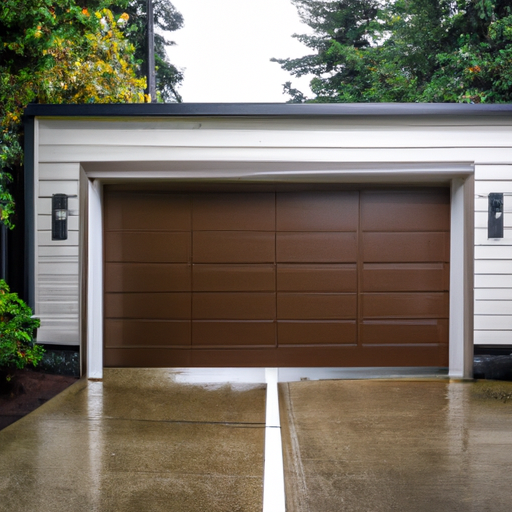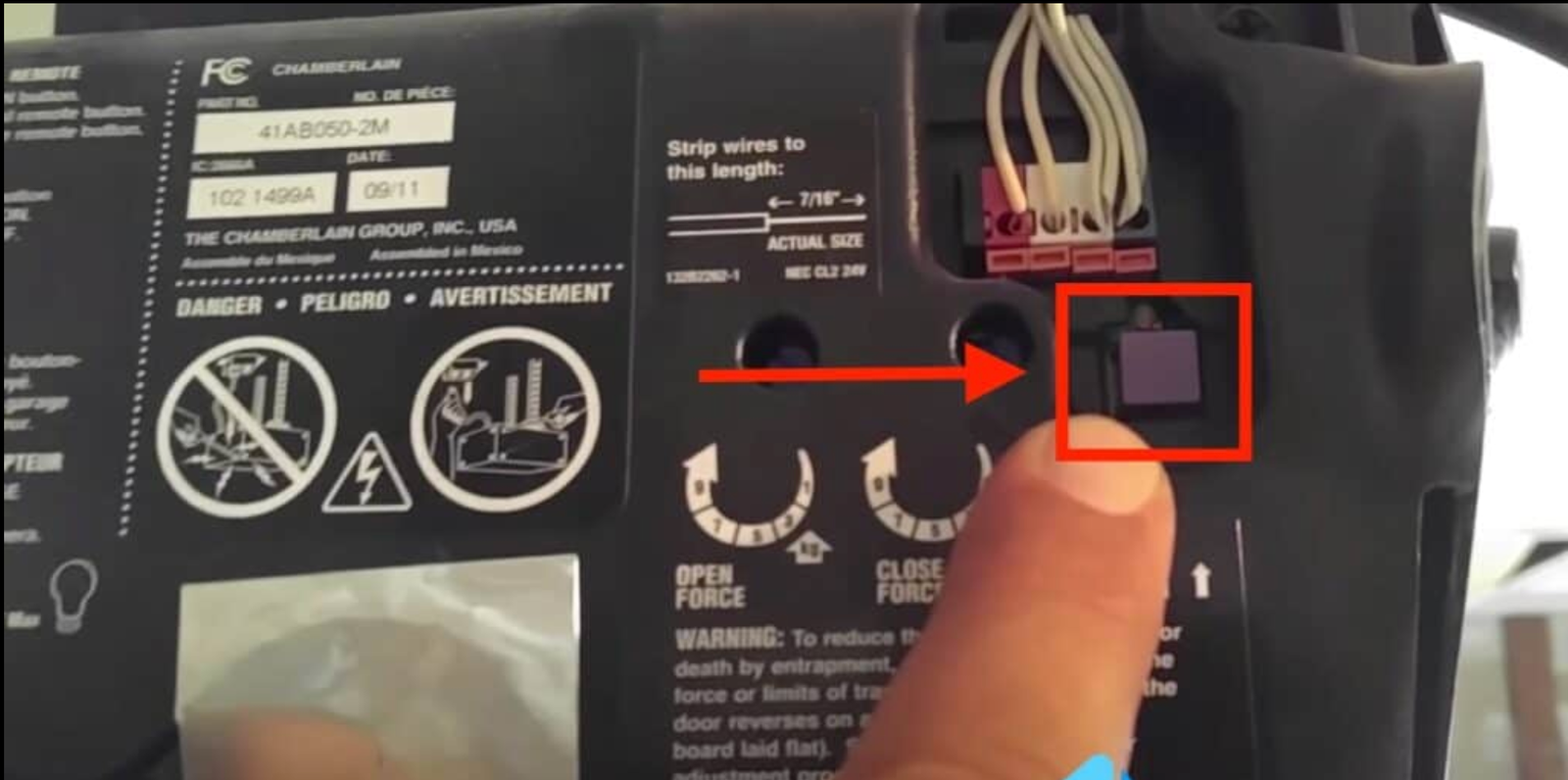Homeowners in Gig Harbor, WA face a unique mix of moisture, salt air and daily use that affects garage door performance. Knowing when to replace parts can save you downtime and avoid costly emergency garage door repair. This guide explains common wear points, realistic timelines, and how to decide between repair and full replacement.
Why timely replacement matters
Regular maintenance for garage doors and related hardware is a key part of home improvement and residential service upkeep. A failing spring, worn rollers, or a weak opener can suddenly render a door unusable. Addressing symptoms early keeps your garage secure and reduces the chance of damaging the door panels or tracks.
Common parts that need replacing and when
1. Torsion and extension springs
Springs do the heavy lifting for your door. Most springs are rated for a lifecycle measured in cycles—one cycle equals one open and close. Typical springs last 7,000–15,000 cycles. In Gig Harbor conditions, rust and moisture can shorten that life.
- Signs to replace: visible gaps, loss of balance, loud snaps, or if the door won’t stay open.
- Timeline: if a spring is over 7 years old or shows corrosion, plan replacement; springs that break require immediate service.
2. Cables and pulleys
Cables and pulleys transmit force from the springs to the door. Fraying cables or seized pulleys are safety risks.
- Signs to replace: frayed strands, uneven lifting, or slack in the cable.
- Timeline: inspect annually; replace at first sign of wear or after a spring change.
3. Rollers and tracks
Rollers wear out from friction and grit. Nylon rollers last longer than steel but both will fail eventually. Tracks can bend from impacts or misalignment.
- Signs to replace: noisy operation, jerky movement, visible roller wear, or bent tracks.
- Timeline: rollers often last 5–10 years; tracks should be straightened or replaced when damaged.
4. Weatherstripping and seals
In Pacific Northwest homes, weatherstripping prevents moisture and drafts. Cracked or compressed seals reduce energy efficiency and allow water in.
- Signs to replace: water stains, drafts, or pests entering under the door.
- Timeline: inspect annually and replace worn strips each 3–7 years depending on exposure.
5. Openers, circuit boards and remotes
An opener that struggles, stalls, or loses programming can be a sign of motor wear or failing electronics. Older belt-drive models may be quieter but still wear out.
- Signs to replace: intermittent operation, burning smell, or repeated resets.
- Timeline: openers typically last 10–15 years. If repair costs approach half of replacement, consider a new unit.
How to decide: repair vs. replace
When evaluating garage door repair needs, consider safety, age, and cost. Replacing a broken spring is often the quickest, most affordable fix. Replacing multiple worn components or a sagging door panel may justify a full door replacement.
- Quick fix: single broken spring, frayed cable, or worn rollers.
- Partial replacement: opener plus remotes, or springs plus cables if the door and tracks are in good shape.
- Full replacement: severe panel damage, widespread corrosion, or repeated failures across multiple parts.
For local guidance and seasonal service tips, check our posts at our blog.
Local factors in Gig Harbor that affect part life
Salt spray from Puget Sound, frequent rain, and cool winters mean metal parts corrode faster than inland locations. Preventive maintenance that focuses on lubrication, hardware inspection, and weather seals extends service life. Use corrosion-resistant hardware when replacing parts in coastal homes.
Maintenance checklist for homeowners
- Visual inspection every 3 months for rust, loose bolts, and frayed cables.
- Lubricate rollers, hinges, and springs twice a year with a silicone or lithium product recommended by manufacturers.
- Test balance and sensors monthly. If the door closes unevenly or the auto-reverse fails, schedule professional garage door repair.
Typical timelines and cost ranges
Homeowners often ask how fast parts should be replaced and what it will cost. While exact prices vary, here are local, realistic ranges for Gig Harbor residential service.
- Spring replacement: $150–$350 per spring depending on torsion vs. extension and labor.
- Cable replacement: $100–$250 per cable.
- Rollers: $100–$300 to replace a set with labor; nylon rollers cost more but last longer.
- Opener replacement: $400–$900 installed depending on horsepower and features.
- Full door replacement: $800–$3,000+ depending on materials and custom sizing.
Note: emergency weekend service may add to labor fees. Always request a clear written estimate before work begins.
When to call a pro vs. DIY
Some maintenance tasks are homeowner-friendly, like cleaning tracks and lubricating rollers. Replace high-tension components—springs, cables, and torsion systems—only by trained technicians. Improper handling of springs can cause serious injury.
If you need a professional assessment, schedule a local visit via our contact page. For a full list of services we offer, see our services page.
Final checklist before replacing parts
- Confirm the exact symptom and take photos if possible.
- Ask about part warranties and labor guarantees before work starts.
- Consider corrosion-resistant upgrades if you live near the water.
- Get multiple estimates for larger jobs and check local references.
Replacing the right parts at the right time keeps your door reliable and protects your garage contents. Whether you need a quick spring swap or a full opener upgrade, timely garage door repair preserves safety and value for Gig Harbor homes.
Frequently asked questions
Q: How does Gig Harbor weather change part life?
A: Coastal moisture and salt spray accelerate corrosion on springs, cables and metal hardware. Inspect parts every 3–6 months and choose stainless or galvanized replacements when available.
Q: If a spring breaks, how fast can it be fixed?
A: Most broken springs are fixed same-day by local technicians if parts are in stock. Call now for emergency service; technicians typically respond within a few hours in the Gig Harbor area.
Q: What are typical local price ranges for common parts?
A: Expect $150–$350 for a spring, $100–$250 for cables, $100–$300 for rollers, and $400–$900 for an opener replacement, plus labor. Exact quotes require an on-site inspection.
Q: Are replacement parts covered by warranty in WA?
A: Many manufacturers offer parts warranties; installers may provide labor guarantees. Get written warranty details before service begins and confirm how warranty claims are handled locally.
Q: Do I need permits to replace a garage door in Gig Harbor?
A: Most part replacements (springs, rollers, openers) don’t require city permits, but full structural changes or creating new door openings may. Check with Gig Harbor building services for installations that alter the opening.
Helpful local resources in Gig Harbor, WA
- Garage Door Repair Seattle
- Garage Door Repair Bellevue
- Garage Door Repair Redmond
- Garage Door Repair Kirkland
- Garage Door Repair Mercer Island
- Garage Door Repair Edmonds
- Garage Door Repair Issaquah
- Garage Door Repair Tacoma
- Garage Door Repair Everett
- Garage Door Repair Bothell
- Garage Door Repair Sammamish
- Garage Door Repair Renton
- Garage Door Repair Lynnwood
- Garage Door Repair Woodinville
- Garage Door Repair University Place
- Garage Door Repair Gig Harbor
- Garage Door Repair Lakewood
- Garage Door Repair Puyallup
- Garage Door Repair Mukilteo
- Garage Door Repair Vancouver
- Garage Door Repair Kenmore
- Garage Door Repair Burien
- Garage Door Repair Auburn
- Garage Door Repair South Hill
- Garage Door Repair Yarrow Point
- Garage Door Repair Clyde Hill
- Garage Door Repair Port Townsend
- Garage Door Repair Duvall
- Garage Door Repair Snoqualmie



